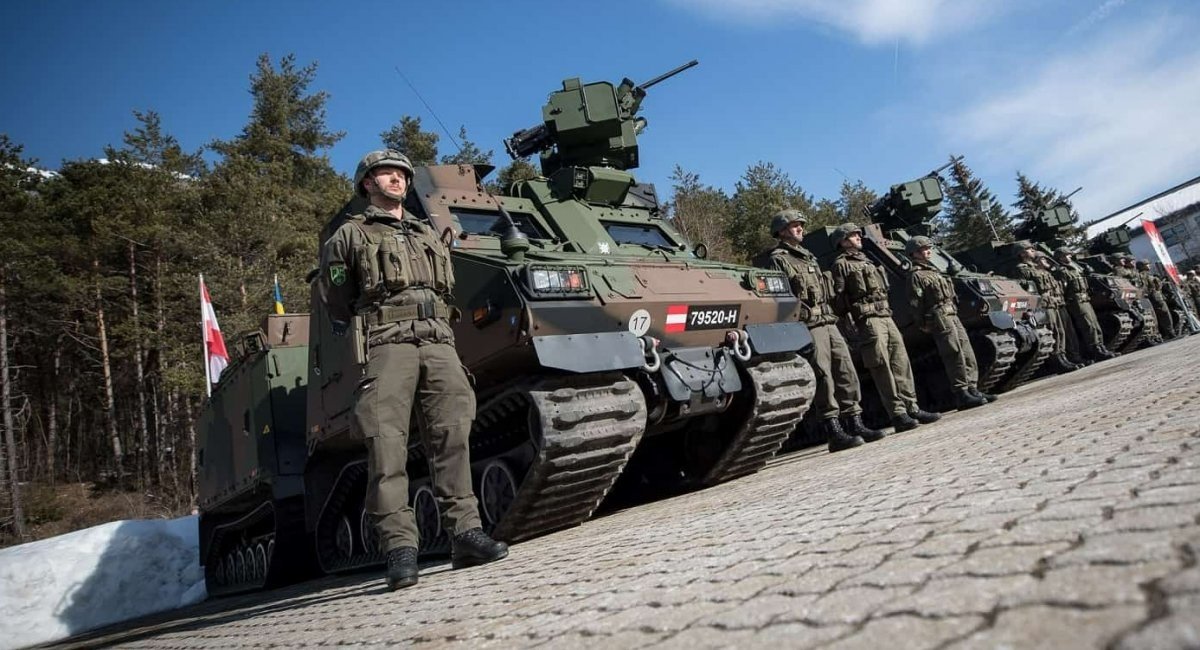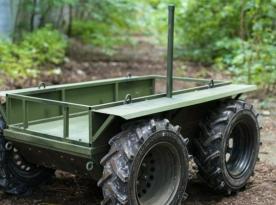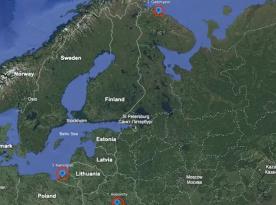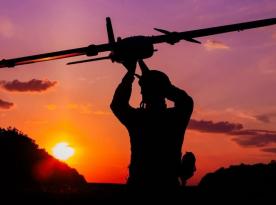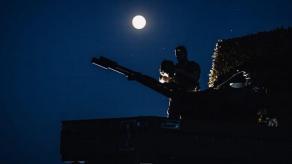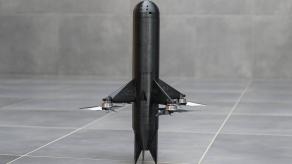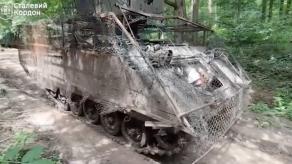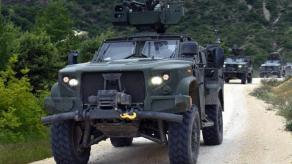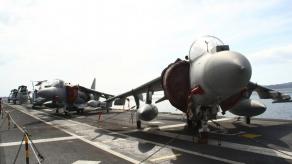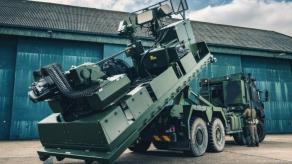Speaking on Ukrainian TV, the Minister of Foreign Affairs of Ukraine Dmytro Kuleba criticized Hungary and Austria for being the only two countries in the European Union to not supply weapons and military equipment for the Armed Forces of Ukraine.
It’s rather reasonable when talking about Hungary in this regard, because it not only provides no help but also prohibits the transit of weapons for Ukraine through its territory.
Read more: Russia’s MiG-31 Flee From the Occupied Crimea to Threaten NATO Near Kaliningrad
But the reproach towards Austria is quite incomprehensible, as for starters, Austria keeps neutral status. Similarly to Switzerland, Austria would not be giving military goods for the reason that "neutral status rules out weapons supplies to the conflict zone".
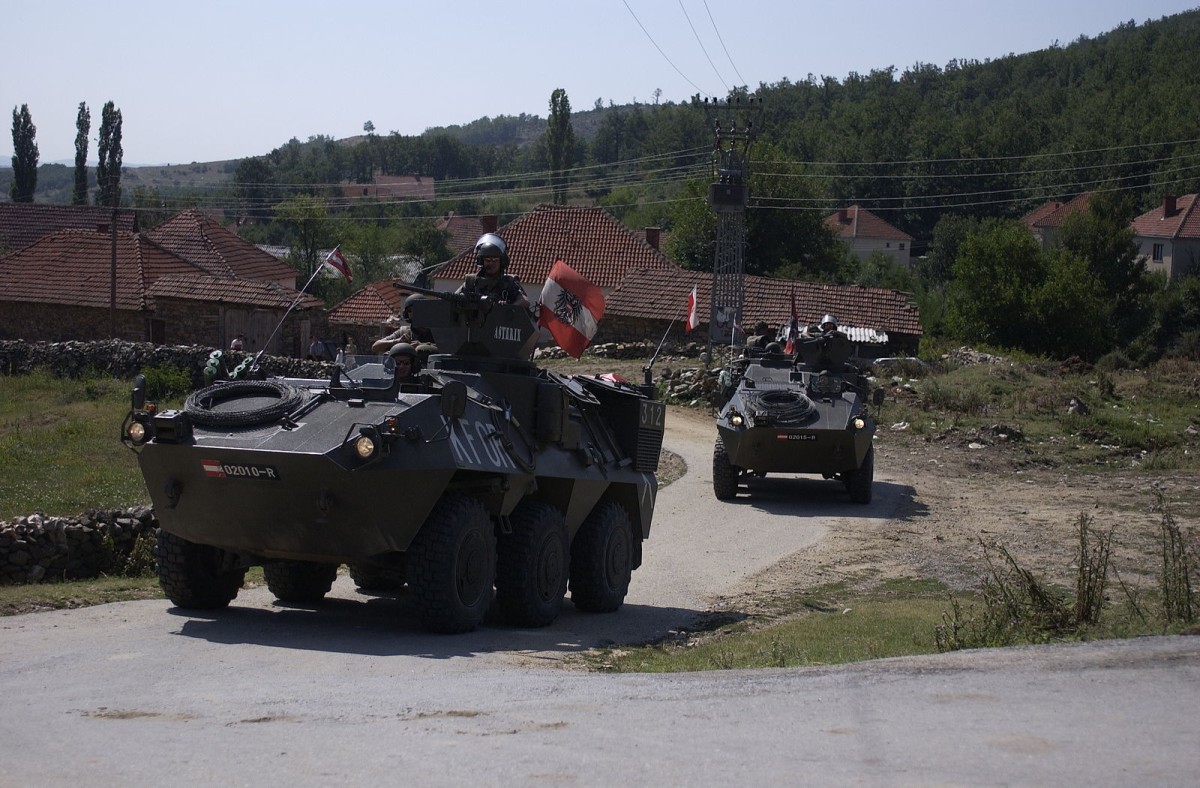
If we look at this story with Austria from a purely "military" point of view, we’ll see another reason. The Austrian armed forces are built on the so-called "Swiss model", which implies there is a compact peacetime army, and there are six times as many reservists who have to "meld in" into the army during wartime.
In figures: 22,050 "rifles" in the peacetime army and 125 thousand reservists. Accordingly, according to this model of military organization, even if there was political will of the Austrian government, the Austrian military themselves would not give their weapons to Ukraine (almost like their Spanish colleagues), out of the "otherwise we don’t have enough for ourselves" motive.
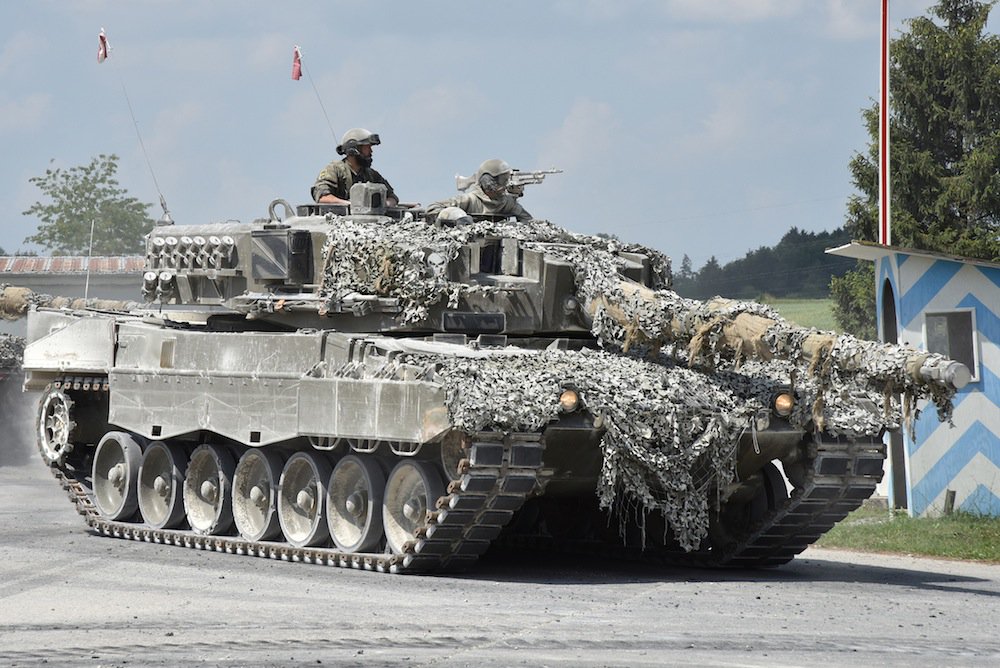
In 2020, Austria had a defense budget of about USD 3 billion. With this budget, the Austrians maintained, in particular, land forces of 12,200 military personnel, divided into 4 brigades.
They have 56 Leopard 2A4 tanks, 112 Ulan tracked infantry fighting vehicles (also known as ASCOD), 112 Pandur multi-purpose wheeled armored vehicles, 32 BvS-10 tracked tractors, 216 armored vehicles of Dingo 2 and IVECO LMV types.
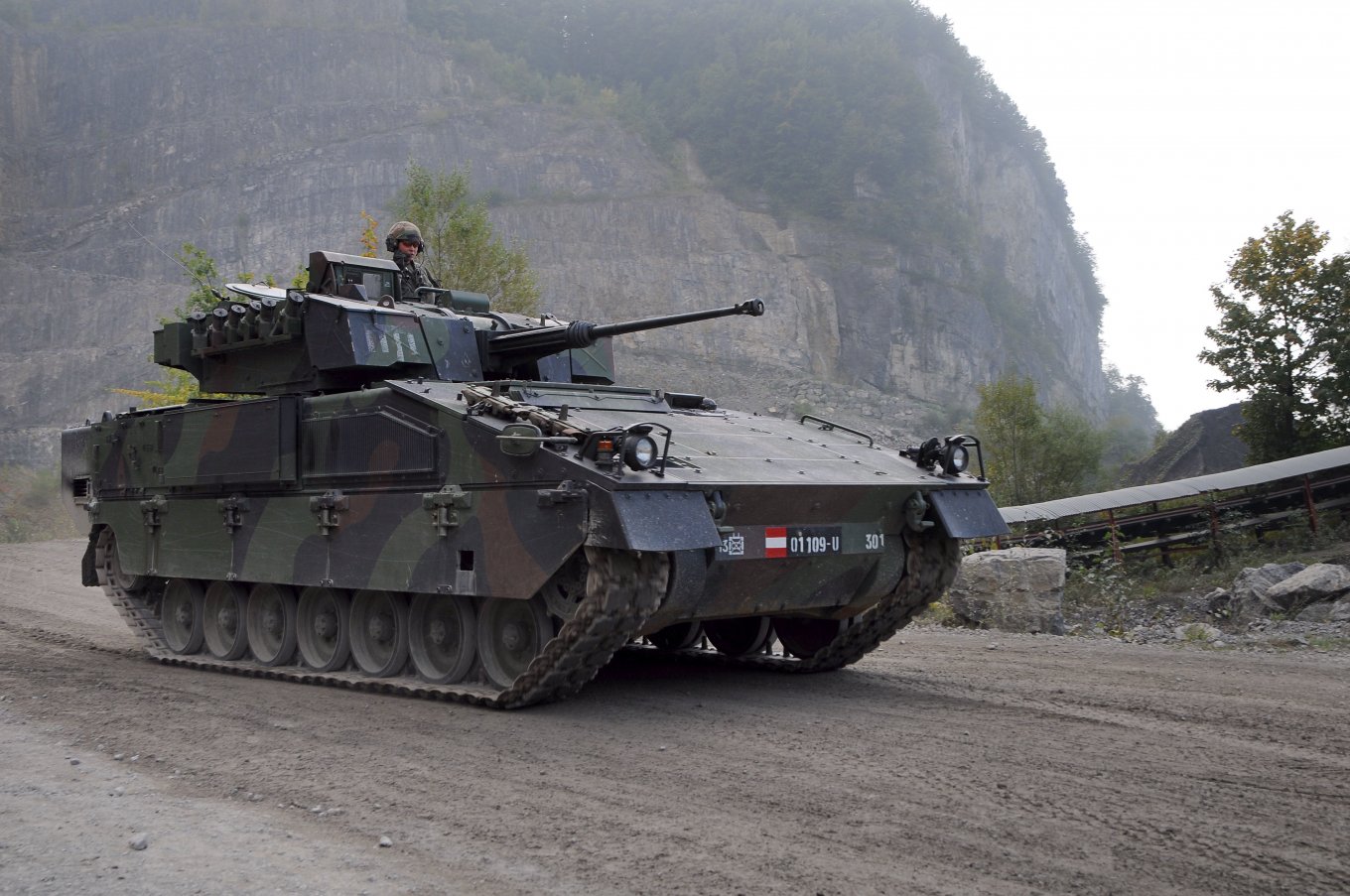
In addition to that, 49 engineering armored vehicles, including 27 4KH7FA-SB Greif tracked armored recovery vehicles (+11 in storage) and 10 more ARVs of the M88A1 type, 12 wheeled Dingo 2 ARVs. Anti-tank armament consists of an undisclosed number of Swedish RBS 56 ATGMs, locally designated Bill 2.
Artillery: 48 M109A5ÖE self-propelled guns (six similar ones were recently handed over to Ukraine by Latvia), 57 sGrW 86 mortars of 120 mm caliber (+ another 40 in storage).
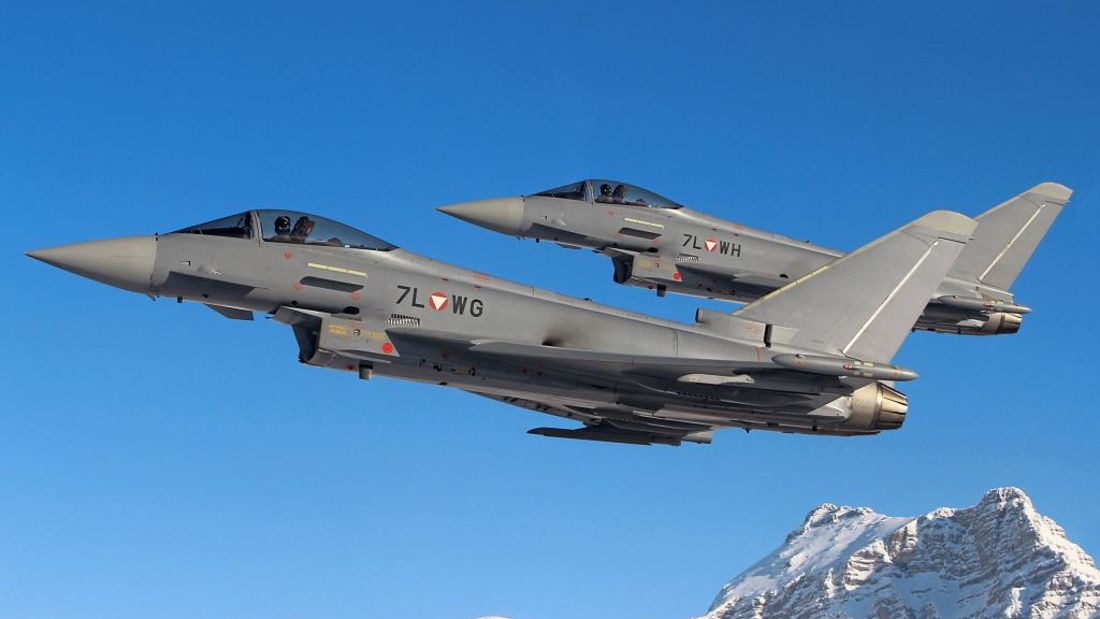
Aviation: 15 Eurofighter Typhoon fighters, 3 C-130K Hercules transport aircraft, 8 PC-6B Turbo Porter light multipurpose aircraft; and 28 training aircraft of the PC-7 Turbo Trainer, Saab 105Oe and DA40NG types.
The rotorcraft park of the Austrian armed forces looks even more diverse: 19 multipurpose helicopters of the SA316/SA319 Alouette III type, 10 multipurpose light helicopters of the OH-58B Kiowa type, 9 helicopters of the S-70A-42 Black Hawk type and 23 light helicopters of the Bell 212 type.

The air defense of Austria is divided into 2 air defense battalions and 1 radio engineering battalion, the main means of air defense are man-portable Mistral anti-aircraft missile systems (quantity unspecified), 24 GDF-005 anti-aircraft guns of 35 mm caliber (+6 of these in storage), IRIS-T anti-aircraft missile systems (quantity unspecified).
Read more: Ukraine’s Air Force Preparing For the Transition to Western Equipment




